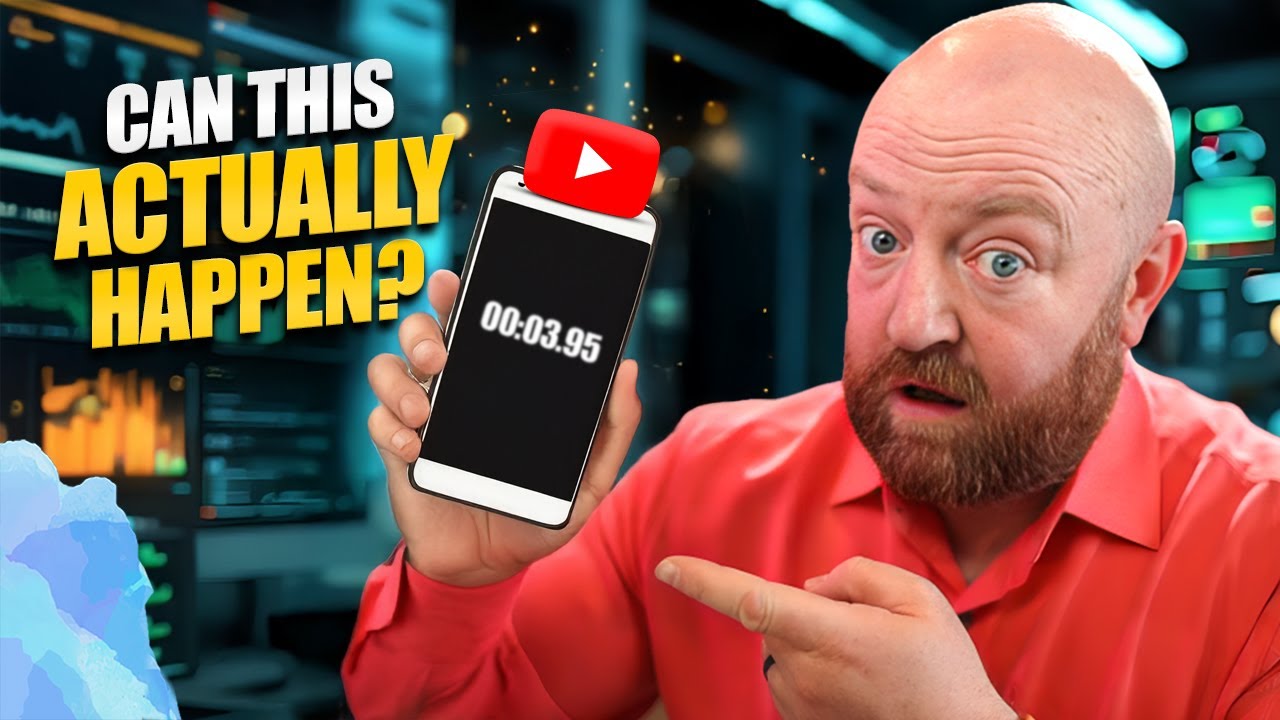When it comes to YouTube SEO, many creators rely on third-party tools that promise insights into their rankings. But here’s the truth—most of these tools provide misleading data. If you’ve been chasing SEO scores that don’t seem to match your actual video performance, this article will show you a better, more accurate way to track your YouTube video rankings.
The Problem with YouTube SEO Tools
Let’s start by exposing what doesn’t work.
If you’ve used tools like vidIQ or TubeBuddy, you might have seen SEO scores like 32/100 or 50/100 on videos that are already ranking at the top of YouTube search. This raises an important question—if a video is performing so well, why does it have such a low score?
Take Nicholeen Peck, a creator I work with. One of her parenting videos consistently ranks at the top of YouTube, yet vidIQ assigns it a score of just 32/100. Similarly, Jason Schroeder, who teaches about construction project management, ranks #1 for a highly competitive keyword, but his SEO score sits at just 51/100.
The issue? These tools don’t actually measure real SEO success. They assign scores based on generic optimization checklists, rather than actual search performance.
How to Track Your YouTube Ranking Accurately
Instead of relying on unreliable SEO scores, here’s what actually works:
1. Use YouTube Search Itself
The simplest way to check if your video is ranking? Search for your target keyword on YouTube.
- Type your keyword into the search bar.
- Check if your video appears in the top results.
- If it does, congratulations—you’re ranking!
- If not, you may need to refine your content strategy.
I use this method across multiple channels I manage. For example, when I searched “How to check YouTube keyword ranking”, my own video appeared in the third position—despite having an SEO score of just 68/100 according to third-party tools.
2. Monitor YouTube Analytics
Instead of focusing on arbitrary scores, track real search performance using YouTube Analytics.
For instance, let’s look at Jason Schroeder’s channel:
- In the last 90 days, his views from YouTube Search increased from 79,000 to 87,000.
- This shows real, organic growth—something no third-party SEO score can truly measure.
Similarly, Nicholeen Peck’s channel saw an increase from 26,000 to 28,000 views from search in just 28 days. This is the data that matters—actual search traffic, not a meaningless percentage score.
3. Track Your Ranking Over Time
Want to measure progress? Create your own ranking tracker:
- Search for your target keyword.
- Record your ranking position weekly.
- Track improvements over time.
If your video moves from position #10 to #5, you’re improving. If it drops, you can adjust your content strategy accordingly.
Can You Track YouTube Rankings Without Third-Party Tools?
Absolutely. In fact, that’s what I recommend.
Instead of relying on SEO plugins, use YouTube Analytics and manual search tracking. A simple spreadsheet can replace all those expensive SEO tools.
How to Compare Your YouTube Rankings with Competitors
Want to see how you stack up against others in your niche? Here’s a simple method:
- Search for your target keyword.
- Check if your video ranks higher or lower than competitors.
- Track changes over time.
For example, I did this with Noelle Randall, a real estate investor.
- We tracked her rankings against BiggerPockets, a major competitor.
- Noelle started ranking at #3, then moved to #8, then #13, then #15.
- After a period of inactivity, she dropped slightly, proving that consistent content creation matters.
This method lets you compare your performance to top players in your niche—without relying on faulty SEO scores.
What to Do If Your YouTube Ranking Drops
SEO rankings can fluctuate, but here’s how to stay on top:
- Expand Your Content Strategy
- Instead of relying on just one video, create multiple videos around related search terms.
- I use the Leaf Strategy (more on that below) to cover an entire topic, increasing the chances of ranking.
- Improve Audience Retention
- YouTube prioritizes videos with high watch time.
- If your ranking drops, check your average watch duration. If people aren’t watching past 30%, your video might be falling in search.
- Analyze the Competition
- Search your keyword.
- Watch the top-ranking videos—what are they doing better?
- Adjust your video format, delivery, or editing style accordingly.
The Leaf Strategy: A Smarter YouTube SEO Approach
Instead of focusing on a single keyword, I use The Leaf Strategy—a method that allows you to dominate an entire topic.
How It Works:
- Choose a broad “branch” topic (e.g., “YouTube SEO”).
- Break it down into 30+ “leaf” topics (e.g., “How to check YouTube keyword ranking,” “Why YouTube SEO scores are misleading,” etc.).
- Create videos covering each leaf topic.
The result?
- You cover all the angles of a topic.
- You build authority in your niche.
- Your videos start ranking for multiple search terms.
No competitor has every video topic covered—this gives you an advantage.
Final Thoughts
Forget unreliable SEO scores. If you want to truly measure your YouTube ranking, stick to these three steps:



Want to go deeper? Watch my full breakdown of The Leaf Strategy, where I show how I use this method to consistently rank YouTube videos and generate leads.




